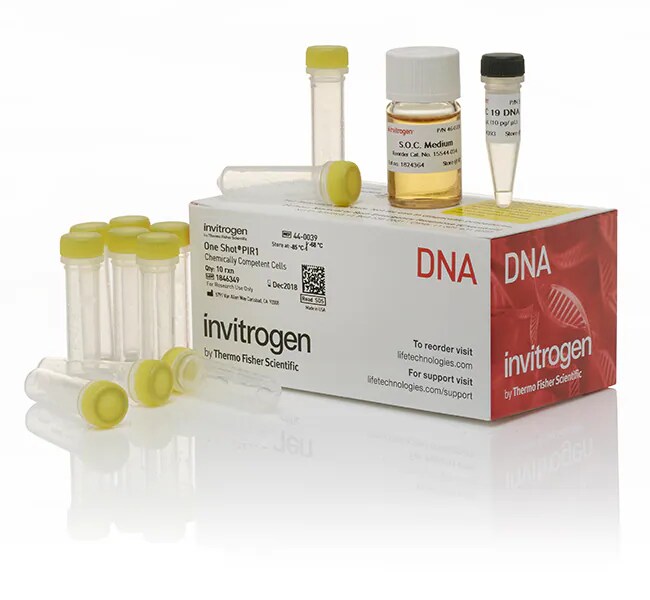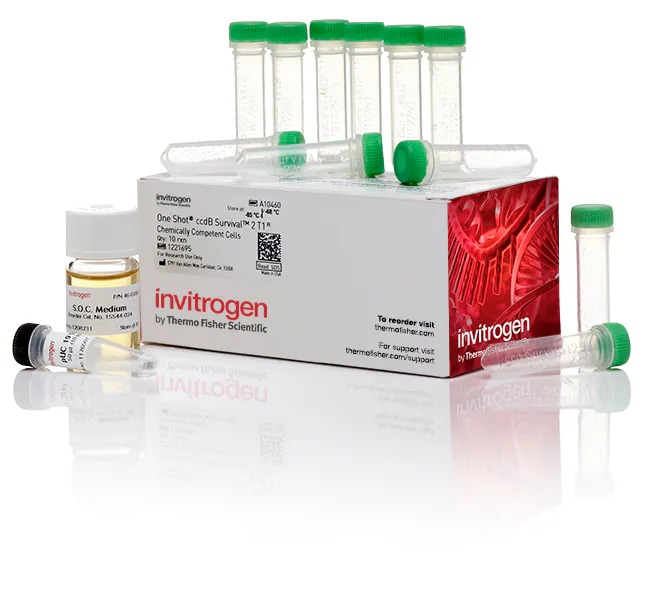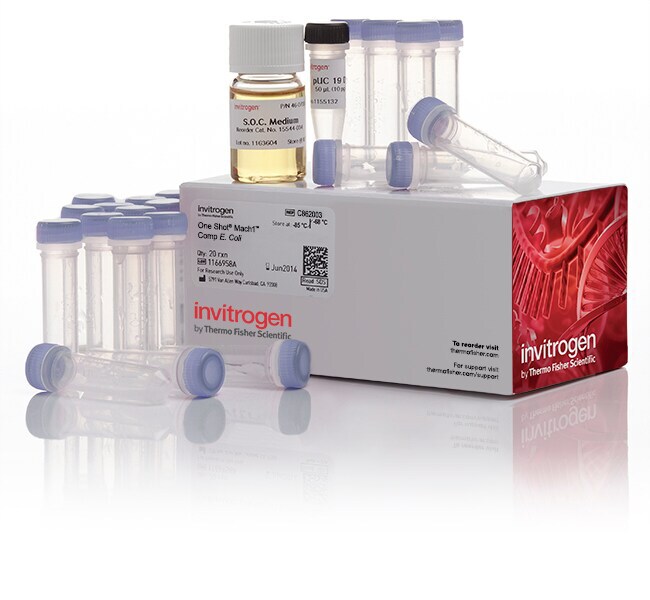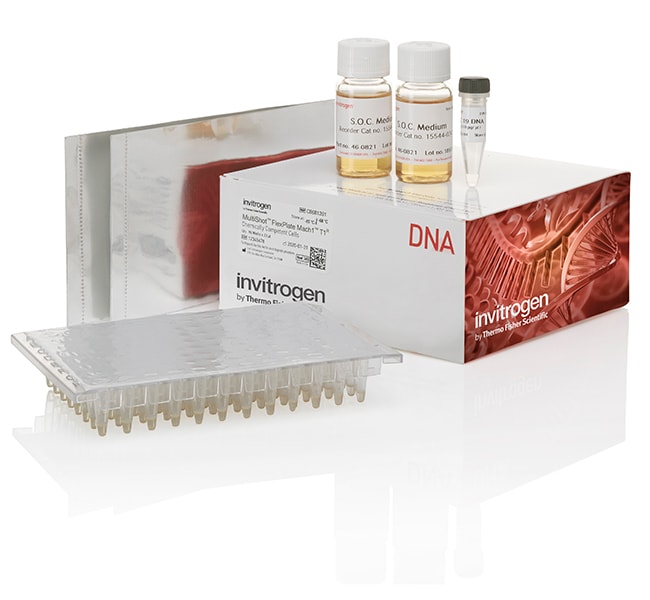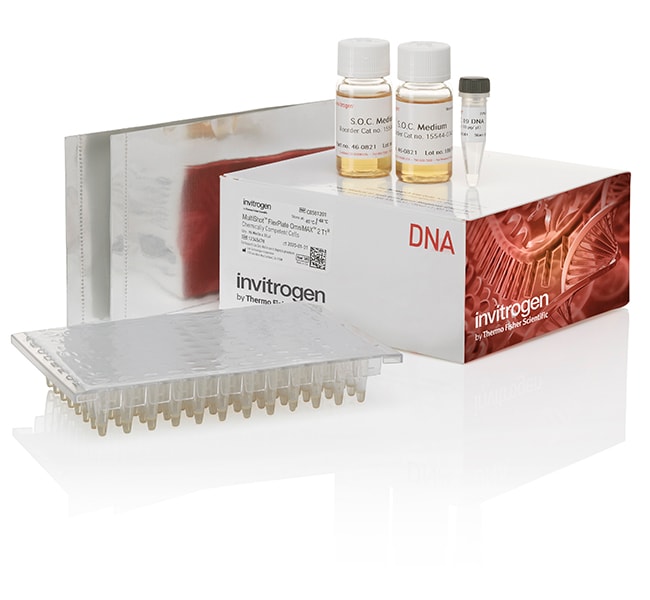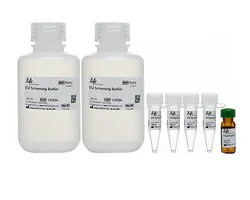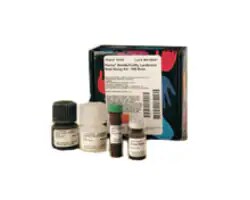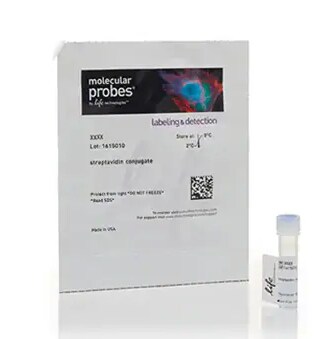
Competent Cells
Competent cells are chemically-modified bacterial cells with altered cell walls enabling the uptake of DNA via transformation. Competent cultures of Escherichia coli (E. coli) are used in the lab for various procedures including cloning, protein expression, and genetic library creation.
Useful Links
Save Now - Exclusive Deals
Product Code 16512160
Thermo Scientific™ DH5α Kompetenta celler; Hög effektivitet
Product Code 11518656
Invitrogen™ ElectroMAX™ Stbl4™ Kompetenta celler
Product Code 15930583
Invitrogen™ MultiShot™ FlexPlate TOP10 Kompetenta celler
Product Code 12007519
Invitrogen™ ElectroMAX™ DH10B T1 fagresistenta kompetenta celler
Product Code 15970583
Product Code 10276442
Product Code 11503127
Product Code 4925022
Product Code 10388162
Product Code 10799374
Product Code 10524973
Product Code 16504600
Must Have
Product Code 4925027
Invitrogen™ One Shot™ TOP10 kemiskt kompetent E. coli
Product Code 13483249
Invitrogen™ Tali™ Cell Cycle Kit
Product Code 4924971
Gibco™ FreeStyle™ CHO Uttrycksmedium
Product Code 10022512
Invitrogen™ En Shot™ OmniMAX™ 2 T1 R kemiskt kompetent E. coli
Product Code 10328512
Product Code 4925016
Product Code 15960583
Product Code 16378741
Complete Your Order - Great Deals
Product Code 15382185
Thermo Scientific™ Digitala torrbadkar/blockvärmare
Product Code 4525271



